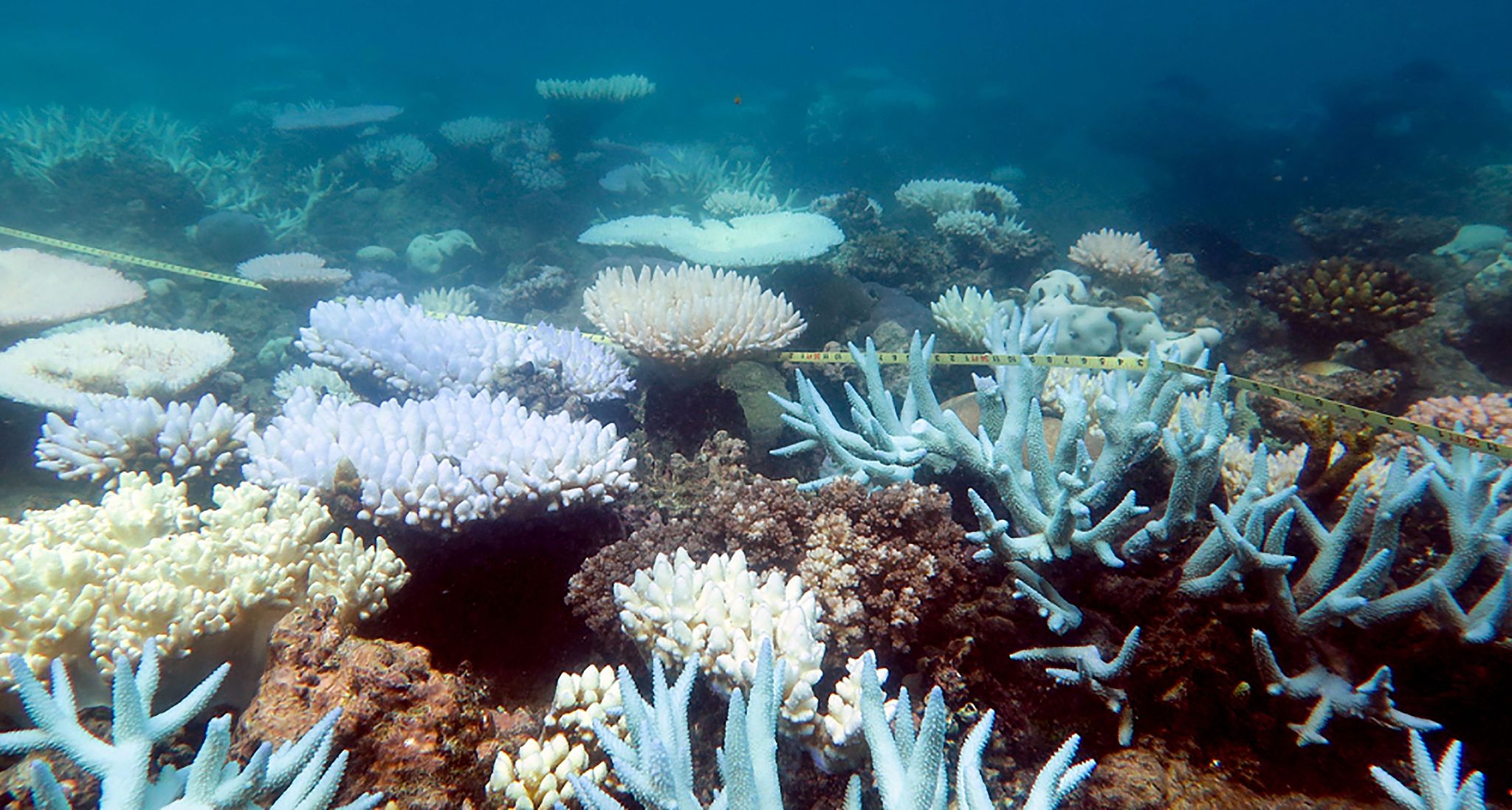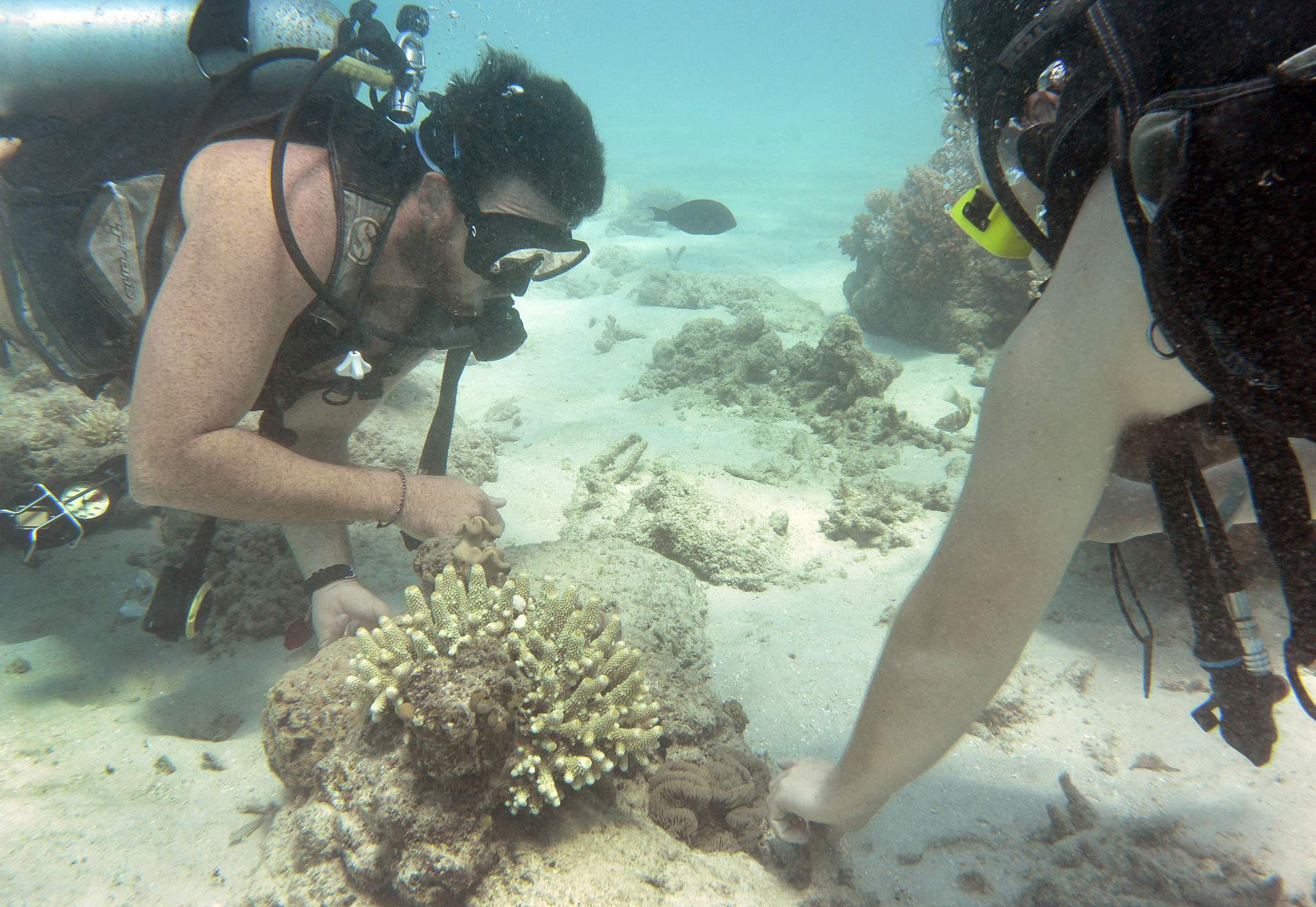The extended 44th session of the World Heritage Committee opened on Friday in Fuzhou City, southeast China's Fujian Province. During the session, a decision on whether Australia's Great Barrier Reef should be listed as "in danger" will be made.
Earlier, the Australian government claimed the draft decision made in June 22 by the UNESCO World Heritage Committee (WHC) to include the Great Barrier Reef on its “in danger” list was politically motivated. Liberal Senator James Paterson even directly linked the UNESCO draft decision to China, which chairs the current WHC.
Tian Xuejun, the current chairperson of WHC and China's vice minister for education, responded: "The recommendation was a professional and independent evaluation based on data provided by the Australian side. As a member state of the World Heritage Committee, Australia should take the opinions seriously and do a better job in world heritage protection, instead of making groundless accusations against UNESCO."

A mass bleaching event of coral on Australia's Great Barrier Reef. /CFP
A mass bleaching event of coral on Australia's Great Barrier Reef. /CFP
The 2,300-kilometer-long Great Barrier Reef, included on the World Heritage List in 1981, has suffered great damage in the past decades due to climate change and environment deterioration including poor water quality.
In recent years, the reef has tragically undergone three severe coral bleaching events in 2016, 2017 and 2020, according to the joint letter that 10 leading non-governmental environmental organizations in Australia sent to UNESCO on Tuesday.
Coral bleaching occurs when the coral loses the symbiotic algae they need to survive. Rising sea temperatures, pollution and human activities can all lead to coral bleaching. The northern Great Barrier Reef has already lost 50 percent of its shallow water corals during severe bleaching events in 2016–2017, according to a paper published in Nature in March 2017.
In 2019, the Australian government’s own Great Barrier Reef Outlook Report downgraded the reef's condition from poor to very poor, predominantly due to climate change.

A diving instructor (L) inspects coral with a tourist (R) from the Ocean Freedom dive boat on Australia's Great Barrier Reef, September 22, 2014. /CFP
A diving instructor (L) inspects coral with a tourist (R) from the Ocean Freedom dive boat on Australia's Great Barrier Reef, September 22, 2014. /CFP
The Great Barrier Reef is the world’s most iconic coral reef ecosystem and a biodiversity hotspot. Its diversity includes but is not restricted to over 410 species of hard coral, over 1,620 species of fish, 2,000 species of sponge and 500 species of marine alga.
Adding the Great Barrier Reef to "in danger" list would be a warning to the international community and all of humanity that the coral ecosystem is in danger and call on efforts to protect the fragile ecosystem.
(Cover image via CFP, with input from Global Times)
(If you want to contribute and have specific expertise, please contact us at nature@cgtn.com.)

